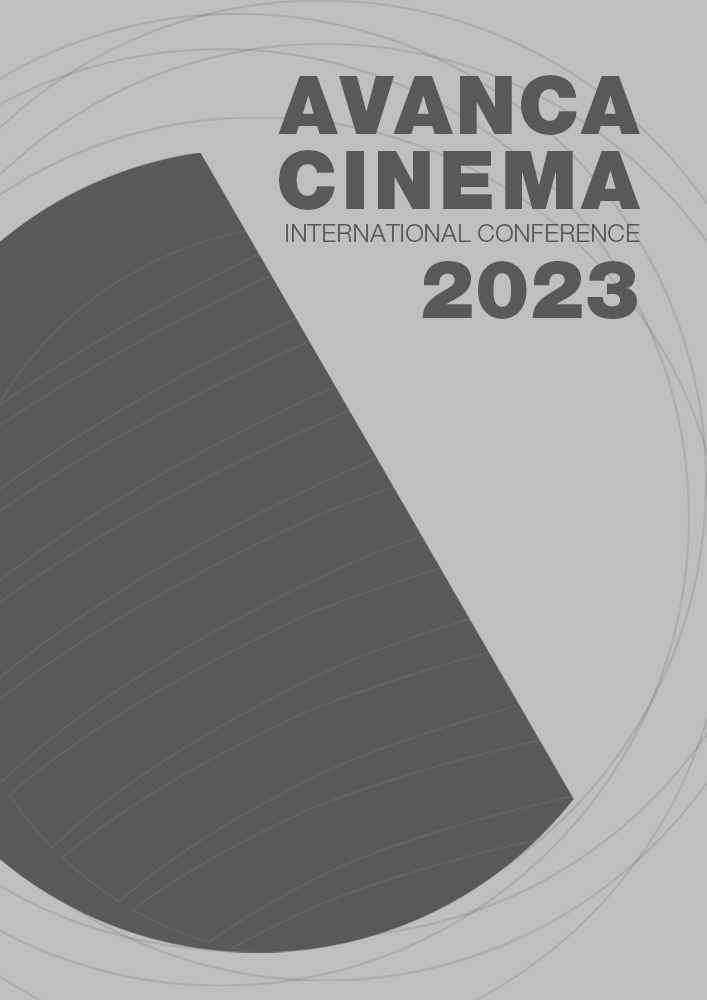Chapter III _ Cinema - Communication
Perspectives of Intertextuality in Cinema, with Special References to the Work of Kristeva, Barthes, and Jenny: A Comparative Study
Abstract
Since its inception, intertextuality has been one of the fundamental literary theories and drawn the interest of numerous theoreticians. First-generation intertextuality thinkers, led by figures such as Julia Kristeva and Roland Barthes, mainly considered the theoretical aspect of intertextuality. Conversely, the second generation, comprising the likes of Laurent Jenny and Michael Riffaterre, championed a more applied view of this theory. Having pervaded various art forms, particularly cinema, intertextuality has earned an important status in art criticism. This research presents a comparative study of the ideas of first- and second-generation intertextuality theorists in regard to cinema, seeking answers to the question of how intertextual expressions and the views of intertextuality theorists have manifested in film through descriptive-analytical and comparative methods. Our findings reveal how the different aspects of intertextuality theories are being used in films today.

This work is licensed under a Creative Commons Attribution 4.0 International License.

